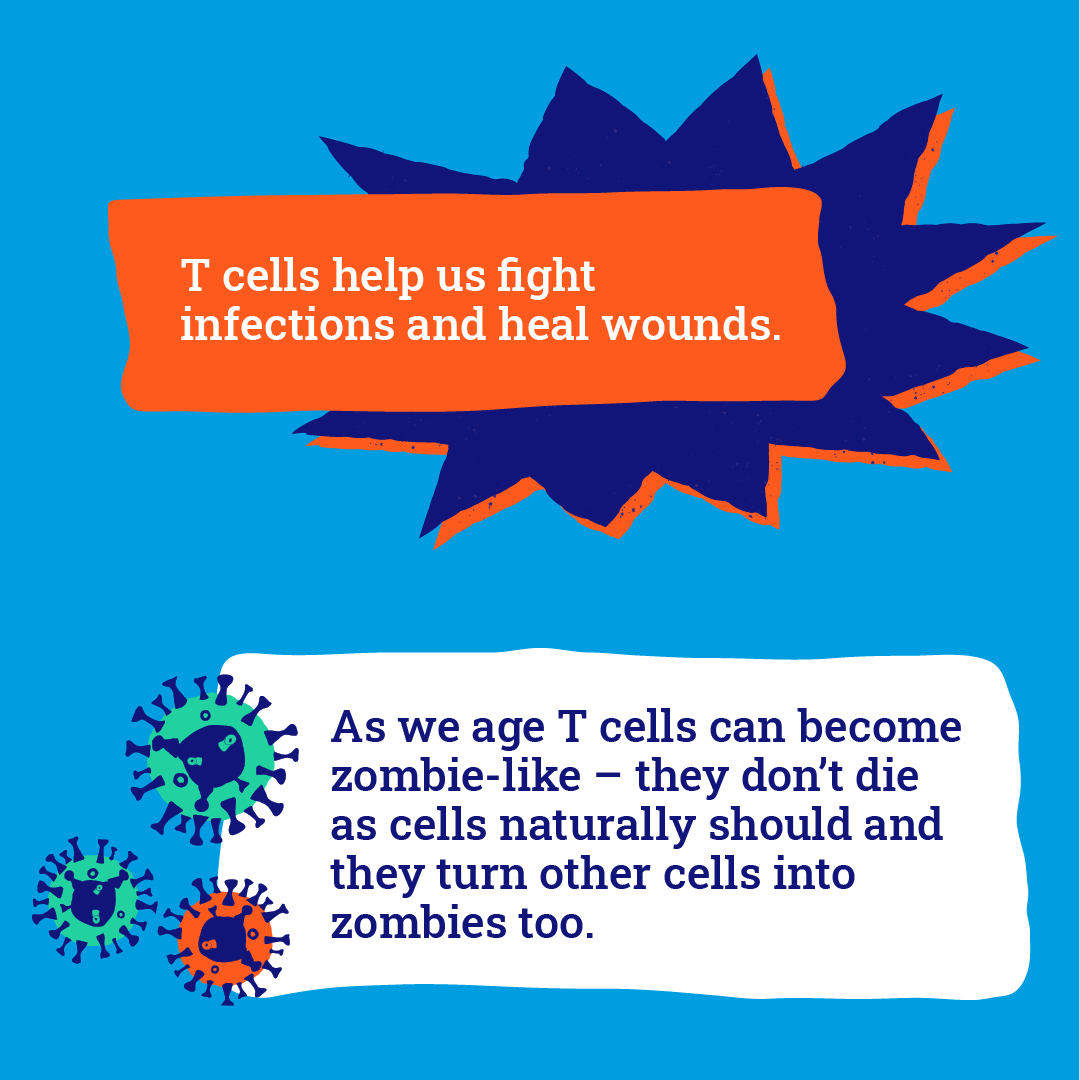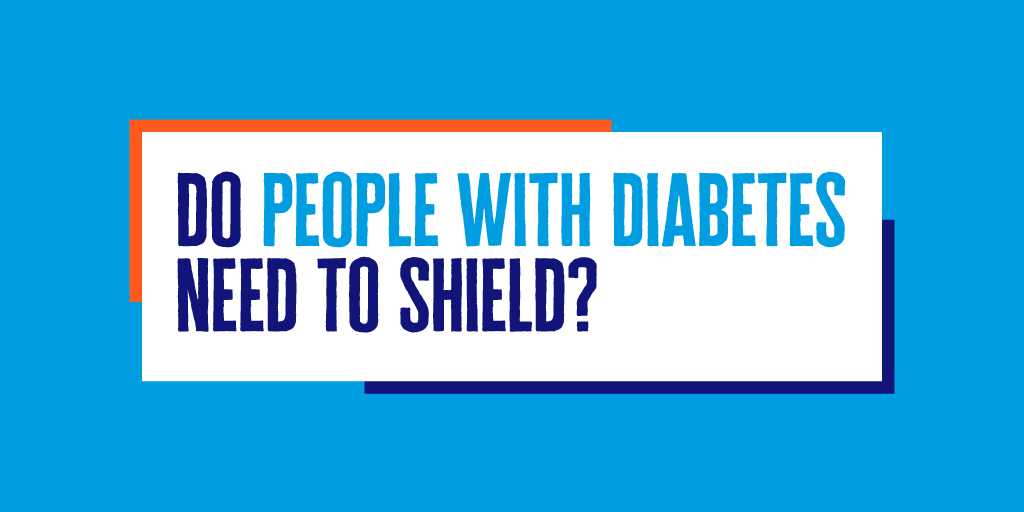
📢 You say research, I say Friday!
It's that time of week again, and today's #ResearchFriday is all about zombie cells... 🧟 (1/6)
It's that time of week again, and today's #ResearchFriday is all about zombie cells... 🧟 (1/6)

Cells in our immune systems, called T cells, help us fight infections and heal wounds.
As we get older, T cells can sometimes go wrong and become zombie-like. They don't die as cells naturally should and they turn other cells into 'zombies' too. (2/6)
As we get older, T cells can sometimes go wrong and become zombie-like. They don't die as cells naturally should and they turn other cells into 'zombies' too. (2/6)

🔬 Dr Sian Henson found that people with #Type2 diabetes have more zombie T cells than people without diabetes. It means wounds don’t heal as quickly and they could make you more prone to infections. (3/6) 

Now, with our funding Dr Henson is trying to figure out why and how zombie T cells are different in people with type 2 diabetes by using a radioactive tag to track how they move around the body. (4/6) 

This project could help scientists develop new drugs that keep T cells and the immune system working as they should in people with type 2 diabetes, to help them stay healthy and avoid complications. (5/6) 

Thanks so much Dr Henson and team for all your hard work! We look forward to hearing more about your findings in the future. 🌟 (6/6) #WorldDiabetesDay #100YearsOfInsulin #LabToLife
• • •
Missing some Tweet in this thread? You can try to
force a refresh








